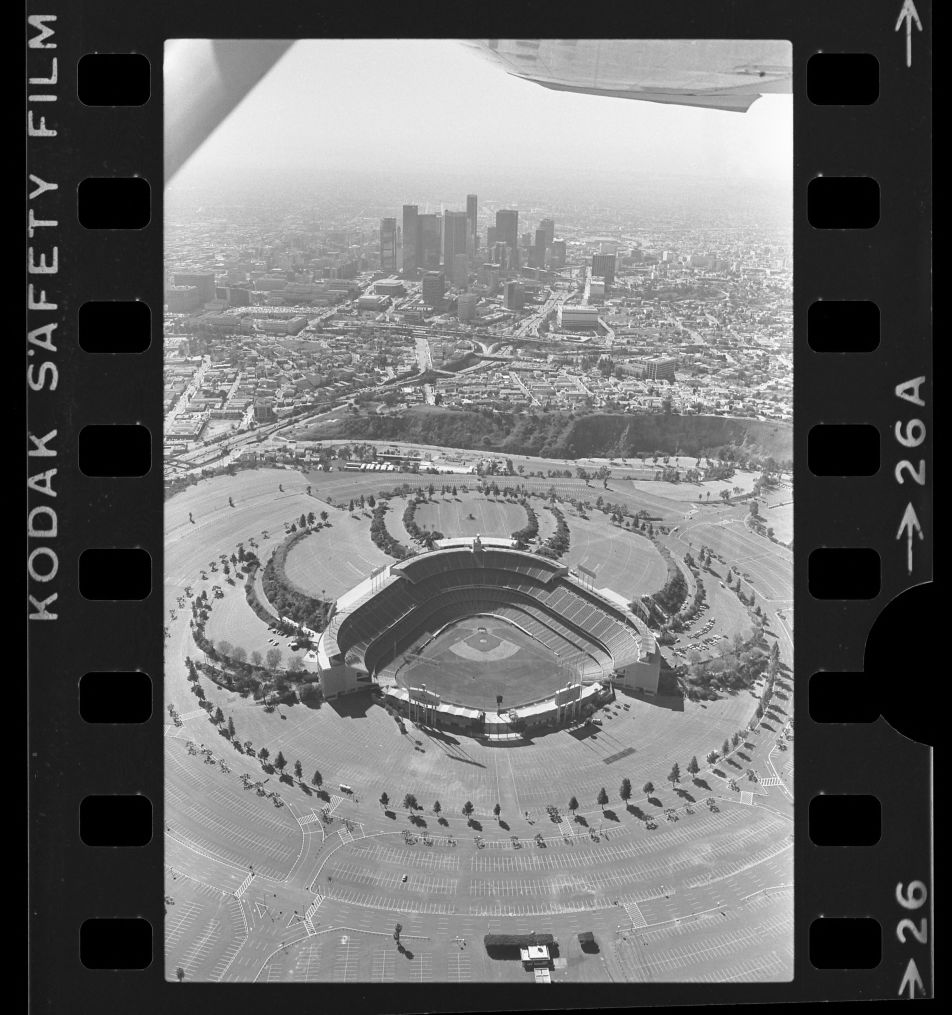
The basics
What are digital collections?
Digital collections are websites that feature digitized or born-digital materials, often organizing them by date, location, and subcollections. These materials are often primary sources, or materials that were created during the time period under study that serve as evidence documenting that time period, an event, a topic, or people ("Guidelines for Primary Source Literacy").
Primary sources within digital collections can include historical newspapers, photographs, correspondence, maps, drawings, manuscripts, diaries, rare books, cellphone videos, posters, and audio recordings.
Why use digital collections?
Digital collections contain rare, ephemeral, and archival materials that can be hard to find elsewhere. Their holdings can help you learn about different communities, people, time periods, and subjects, and can further your research.
The physical originals for some of the materials we'll see in these digital collections are housed on campus at UCLA Library Special Collections, while others are housed at institutions throughout the world. You can request to view materials housed at UCLA in person.